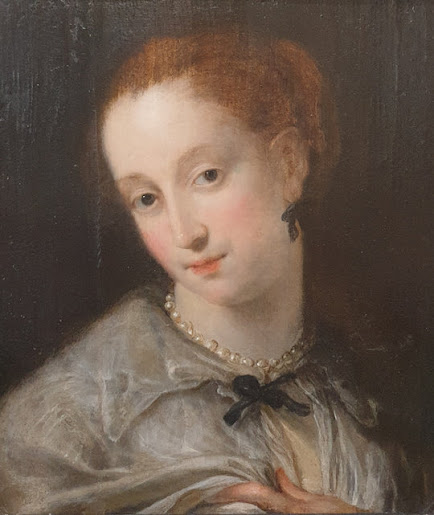Special events all over the country are commemorating the centenary of the start of First World War. At the Imperial War Museum, First World War galleries and an interactive website gives access to archive material of the diaries and personal papers of a wide cross-section of First World War veterans. The material acquired by the Museum comes from across all the services and is not limited to specific rank or social class.
From 1916, street shrines began to appear, and a year later, the Imperial War Museum was founded to record the conflict for future generations.
The First World War represents the first occasion on which a truly mass British army was placed in the field, and who were literate enough to write their thoughts and experiences. Therefore it communicates an overview of combatants of all ranks, via their personal papers and sound recordings. Moreover, it aims to include men and women from all the countries who, at the time of the conflict, formed part of the British Empire or those from other nations who contributed to the British war effort.
 |
| Trench art: A very fine pair of German WWI shell cases, dated 1915 & 1917. Offered by Leon's Militaria |
At the other end of London, the Tower of London, is the powerful visual commemoration for the First World War Centenary entitled 'Blood Swept Lands and Seas of Red’. It is an evolving installation by ceramic artist Paul Cummins and stage designer Tom Piper. Officially unveiled on 5 August 2014, one hundred years since the first full day of Britain's involvement in the First World War, saw the Tower of London's famous dry moat progressively filled with 888,246 ceramic poppies - not a random number - but the number of British and Colonial soldiers who lost their lives in the First World War.
 |
| Photo from Morning Walks Blog |
|
|
Poppy installation 'Blood Swept Lands and Seas of Red’, Tower of London
The poppies which now encircle the iconic landmark create not only a spectacular display visible from all around the Tower, but also a location for personal reflection. The scale of the installation intends to reflect the magnitude of such an important centenary. It is thought that about five million people have visited as people seem to have taken ownership of the art work. The wave of blood-red blooms flowing across a walkway and the cascade pouring down from a tower will now be preserved at the London site for an extra fortnight beyond Armistice Day on Tuesday. The two structures will then tour the country before finding permanent homes at the Imperial War Museums in London and Manchester.
 |
| A selection of prints, WWI military figures and King George V, offered by R.G. Grahame | |
 |
| "All Clear" by Bugle Call: In London After an Air Raid, print, offered by R.G. Grahame |
The first Field of Remembrance was held in the grounds of Westminster Abbey in November 1928. By the end of the war, four major imperial powers ceased to exist, were dismantled or lost substantial territory. The maps of Europe and West Asia were redrawn, with several independent nations restored or created.
The poppy was the only thing which grew in the aftermath of the complete devastation. Inspired by Lt Col John McCrae now famous poem called ‘In Flanders Fields’, the poppy is a symbol of Remembrance.
 |
| Persian Empire Order of the Lion and Sun Commander's neck badge by Gustave Wolfers, Brussels. Offered by Leon's Militaria |
 |
| Poppy pin |
A factory off the Old Kent Road in London was set where five disabled ex-Servicemen began making poppies. The (Royal) British Legion, formed in 1921, ordered 9 million handmade poppies which they sold almost immediately on 11 November that year. Today the factory is based in Richmond and millions of
Poppies are sold every year. At Grays we have selected objects dating from the conflict
100 years ago.
Written by Titika Malkogeorgou












.jpg)

Comments
Post a Comment